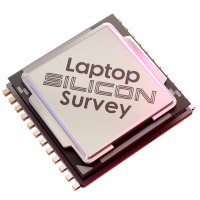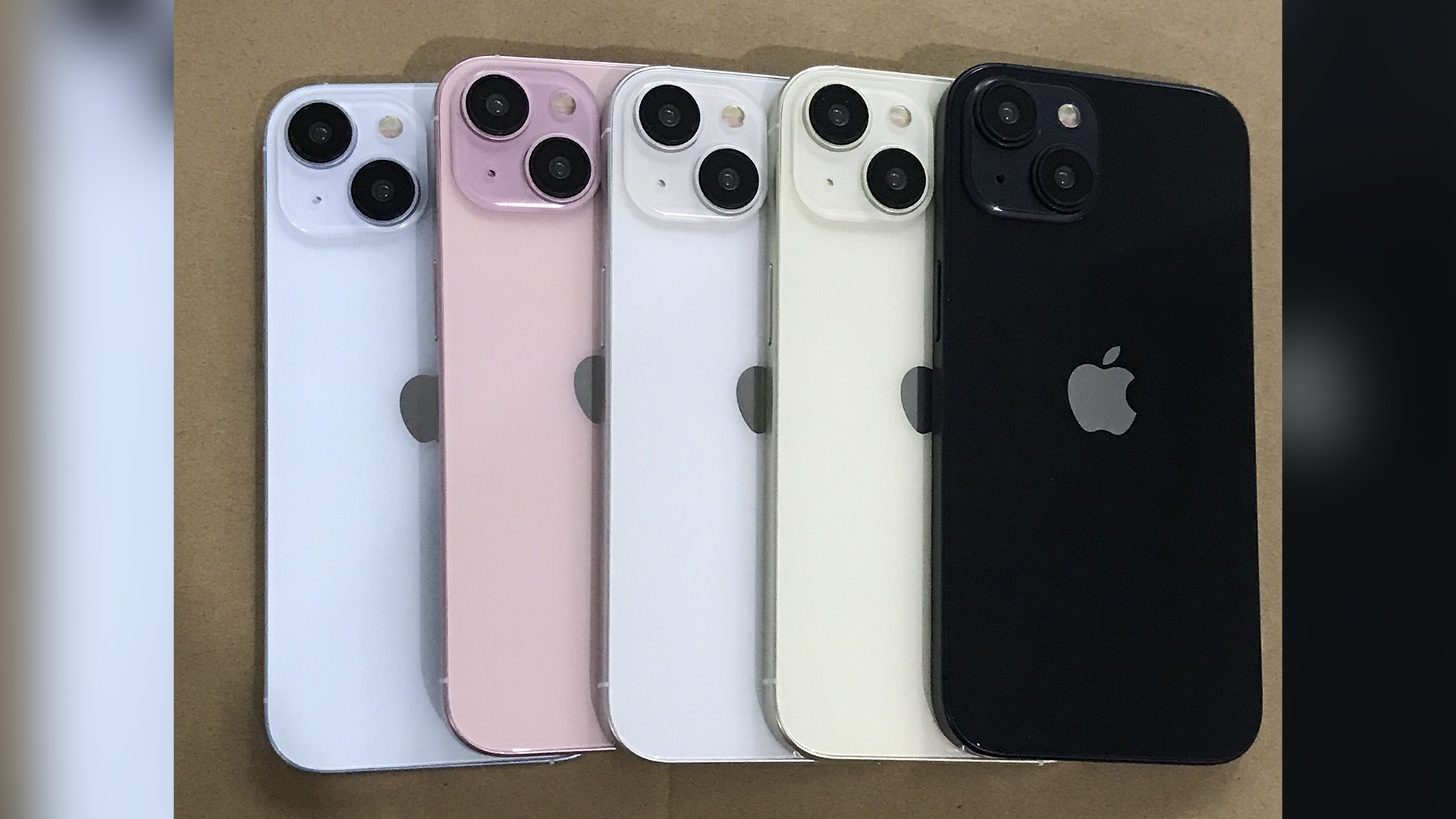“Not everybody has a killer app for AI yet”: Intel’s Robert Hallock opens the company playbook on AI, NPUs, and more
Performance, efficiency, gaming, and AI are all cornerstones of the Intel roadmap

To say 2024 was a rough year for Intel may be an understatement. But, as Intel’s Robert Hallock tells Laptop Mag, “You can't go backwards. That's unacceptable.”
Even after various setbacks in the past year — from the beleaguered Arrow Lake desktop launch to speculation about the company’s direction and the resignation of CEO Pat Gelsinger — Robert Hallock, the company’s Vice President and General Manager of Client AI and Technical Marketing, says Intel has no choice but to look forward.
That forward focus means Intel intends to future-proof its desktops and laptops for when AI becomes a key component of all computing. This philosophy is everywhere at Intel, from the successes of Lunar Lake to the enthusiast skepticism of AI, NPUs, and Arrow Lake-S.
“If you didn't do the investment in AI; if you didn't get your software house in order; if you didn't get your hardware house in order, then suddenly what is now a core ingredient of performance and power – where maybe it wasn't two or three years ago – you're upside down,” Hallock explains.
So what drives Intel today, and what can we expect in the years ahead?
This article is part of a Laptop Mag special issue featuring exclusive interviews interviews with Apple, AMD, Intel, Qualcomm, Nvidia, and more as we learn how their silicon will shape the future of CPUs and GPUs, check out Laptop Mag's Silicon Survey 2025 special issue for more.
Why you want Intel Inside
“What [performance and efficiency] metric does someone care about?” Hallock mused in a recent interview with Laptop Mag. “A lot of time this year was spent on battery life, a lot of time this year was spent on AI. Is that the right answer for everybody? Probably, probably not.”
What Intel can do is offer an option for nearly every user. It’s a benefit of having a massive, diversified CPU business.
“As we think about the market from the Intel side, what are they going to value more?” Hallock mused. Of course, Intel’s market considerations don’t just account for the customer but also Intel’s OEM partners that make laptops and mini-PCs, like Dell and Asus.
A lot of time this year was spent on battery life, a lot of time this year was spent on AI. Is that the right answer for everybody? Probably, probably not.
Robert Hallock, Vice President and General Manager of Client AI and Technical Marketing, Intel
“Is it packing in more CPU cores? More GPU performance? Are they going to value a larger NPU? I know what choice I'd make: I want more CPU cores because I'm an enthusiast.
“The cool thing about being at Intel is we have the road map flexibility to do that.”
After all, Arrow Lake and Lunar Lake CPUs are two very different products with different strengths and weaknesses. The key differences between the two chips are a matter of need: Arrow Lake offers higher thermal design power with a lower-powered NPU, while Lunar Lake is a lower-power (30 watts and under) system with a more powerful NPU. But the final word on those chips will always be the same, Hallock says. “The end of the day, it's still going to be performance and power.”
But what about the NPU? Do people care enough about the NPU here at the start of 2025?
While some may consider the less-powerful NPU on Intel’s Arrow Lake CPUs to be a miss, especially among the enthusiast and performance markets, Hallock compares the NPU to the rise of the iGPU.
“Integrated [graphics] on the CPU started by being ridiculed… But you know that the whole point was just to light up a display for someone.”
These days, including an integrated graphic tile on a CPU is now standard. Intel’s view is that NPUs and AI will be just as necessary in just a few years.
Intel AI for graphics and “for good”
When discussing computer hardware in 2025, it is impossible to avoid artificial intelligence. The need for AI, in the cloud and on devices, is greater than ever.
Amidst all the skepticism around AI, some small glimmers of an interesting future are emerging. As Intel’s VP of Client AI, Hallock’s perspective is an optimistic one, especially on the gaming front.
Amidst all the skepticism around AI, some small glimmers of an interesting future are emerging.
“Broad utilization is likely a few years away, but there are interesting use cases for NPC voices, character realism, quest text, world/texture generation, and more. I think these tools will be especially useful for indie developers, as they can get more immersive results with limited time and staffing.”
Another major arena for AI is security.
“At Intel, we often like to talk about ‘AI for good.’ That's why we work with vendors like Trend Micro, McAfee, Crowdstrike, and Bufferzone to support AI models that improve the security of the PC... Intel has a comprehensive traditional system security stack that operates below, at, and above the OS. We also think offline AI is an important step that enables users to take better control of their privacy and data rather than taking data up to the cloud.”
Looking ahead: The Intel roadmap
A look at what’s ahead for Intel’s chip roadmap also requires a look in the rearview mirror. Intel launched its first AI PC chip, Meteor Lake, in late 2023, though many systems didn’t hit the shelves until 2024.
While Meteor Lake offered decent performance and efficiency gains, its competitors left it in the dust in the second half of 2024. Intel’s next 2024 mobile release was the Raptor Lake Refresh high-performance CPUs, the 14th and final generation of Intel’s “Core i” branding.
In the fall of 2024, Intel followed up on AI PC computing with the Lunar Lake Core Ultra 200V series. While this silicon was designed for ultra-thin and light laptops with impressive battery life, Lunar Lake also offered gains in AI and gaming performance.
This triumphant laptop launch was followed by a beleaguered launch for Intel’s Arrow Lake Core Ultra 200S/K desktop chips. While Intel has identified and patched all five causes for the poor performance and efficiency behind the sub-par launch, it did cause many desktop PC enthusiasts to flock to AMD to upgrade their gaming rigs.
Intel has also gotten into the discrete graphics game with the Arc B-series desktop GPUs, which have been well-received, partly due to how budget-friendly Intel’s Arc GPUs are compared to pricier Nvidia and AMD graphics cards.
Intel’s Arrow Lake is looking for redemption on mobile platforms, with the H and HX series of laptop chips launching by the end of March. Arrow Lake will also see U-variant chipsets launch later this year. Additionally, the next generation of Intel silicon, Panther Lake, is already in testing and is expected to launch in the second half of 2025.
What’s next for Intel?
Intel has the Arrow Lake H chips coming by March for high-performance portable laptops, with the Arrow Lake HX gaming and workstation variants coming shortly after. The Arrow Lake U variant of more power-efficient silicon will be coming later this year. Lastly, Intel has confirmed that the next generation of Intel processors, Panther Lake, is already in testing.
We want to see how Intel’s new chipsets hold up in our lab tests before we make any claims, but if you’ve been considering updating to a new Intel-powered AI PC or gaming laptop, you might want to hold off another few months.
Of course, waiting also risks getting hit with tariffs on tech imports, which could see laptops and gaming hardware prices spike by up to 40%. However, the White House’s tariff tactics are in a state of flux, so this may change.
When it comes to advances in performance, power efficiency, and AI optimization, Intel has plenty in the works.
Hallock understands the “enthusiast skepticism” of AI and NPUs. “We're still learning how to deal with this, and some people are still waiting for their killer app, right? Not everybody has a killer app for AI yet,” he says.
No matter which AI feature or app becomes the industry favorite, Intel plans to have processors for it.

A former lab gremlin for Tom's Guide, Laptop Mag, Tom's Hardware, and TechRadar; Madeline has escaped the labs to join Laptop Mag as a Staff Writer. With over a decade of experience writing about tech and gaming, she may actually know a thing or two. Sometimes. When she isn't writing about the latest laptops and AI software, Madeline likes to throw herself into the ocean as a PADI scuba diving instructor and underwater photography enthusiast.
You must confirm your public display name before commenting
Please logout and then login again, you will then be prompted to enter your display name.

